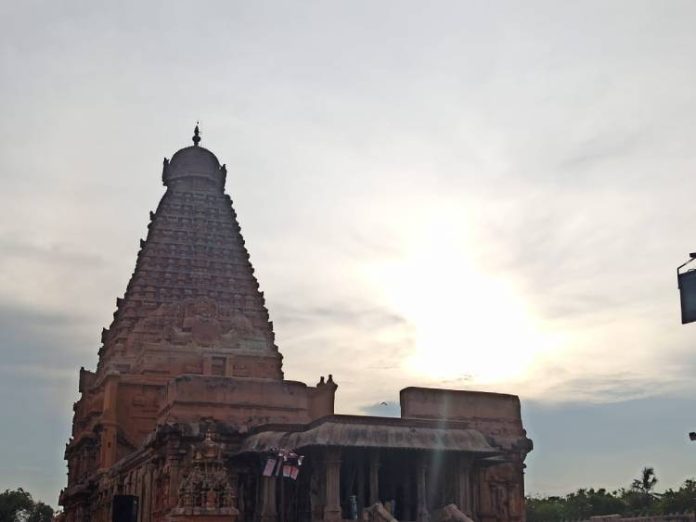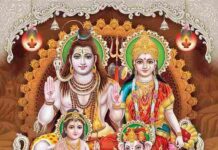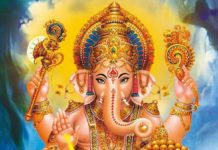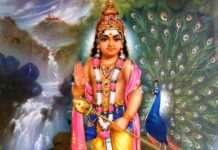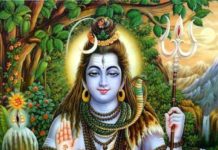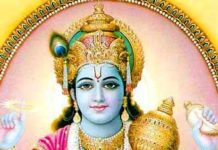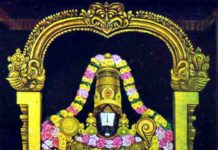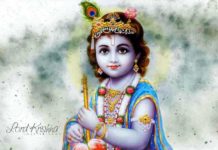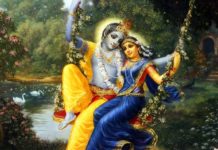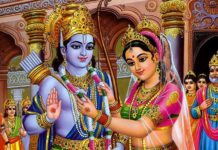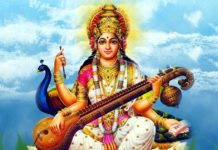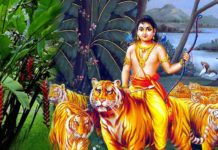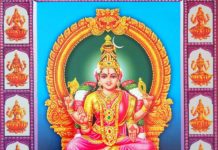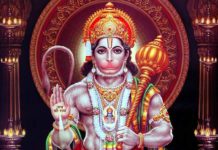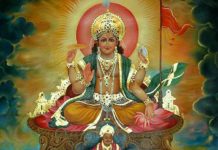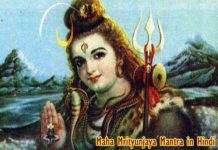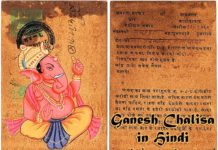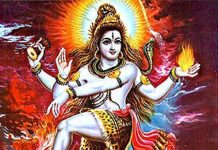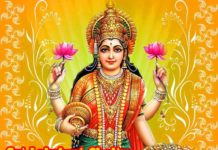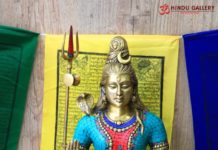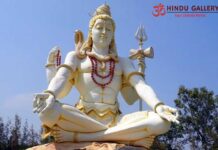Sri Brahadishwara Temple is ascribed to the worship of Bhagwan Shiv. The temple is an architectural wonder and is the hallmark of cultural and spiritual excellence. It is situated at Thanjavur, the rice bowl of Tamil Nadu.
By September 2010, the temple had turned 1000 years in age.
The temple is also known by the names Raja Rajeshwaram, Thanjai Periya Kovil, Peruvudayar Koil and Sri Dakshina Meru. The temple is revered and maintained as the architectural marvel under UNESCO World Heritage Site Program. The temple is under the auspices of Archeological Survey of India.
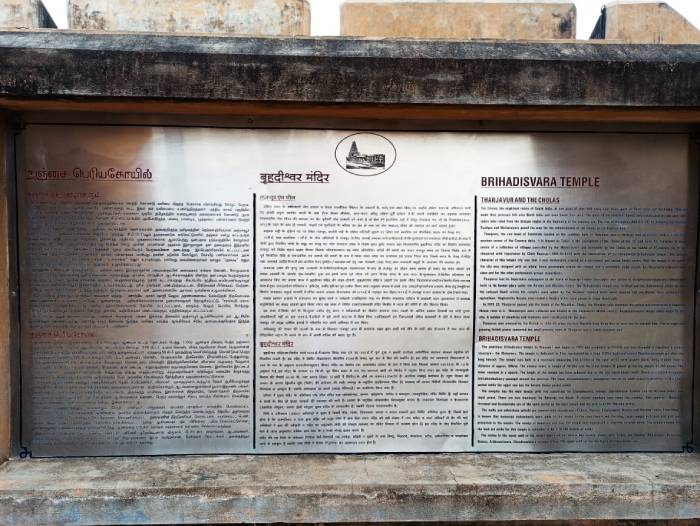
Brahadishwara Temple was built by Raja Raja Chola I, the eminent Chola Emperor during 1003 to 1010 CE. Initially, the premises housed the temples for Shiva, Vishnu and Shakthi. Later, some parts of the premises were damaged and the premises as it stands today is said to exist from 16th Century.
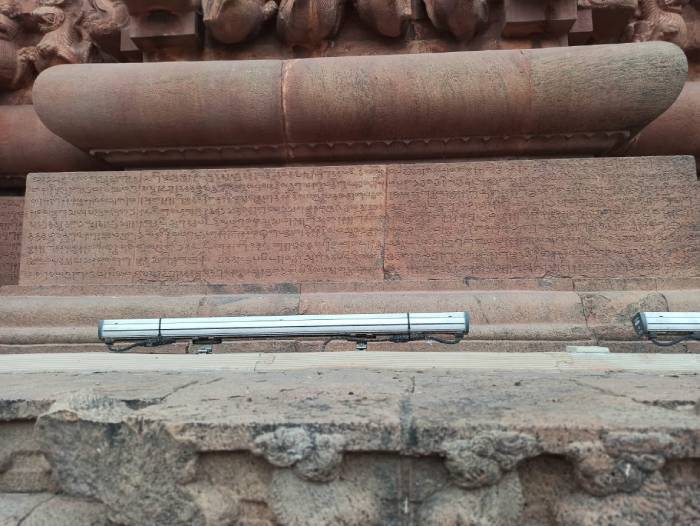
The main sanctum is considered to be one of the tallest shrine structures in South India. It is made of granite. Known as Perunkoil and Madakkoil, the structure is said to be developed on axial and symmetrical geometry rules.

The inner sanctum named Antharalaya should be reached from Nandi Mandapam through Maha Mandapam and Mukha Mandapam.
The temple faces east. Earlier, there was a moat circling around the temple. The moat was later covered up with a fortified wall. There are two main gateways with gopuram.
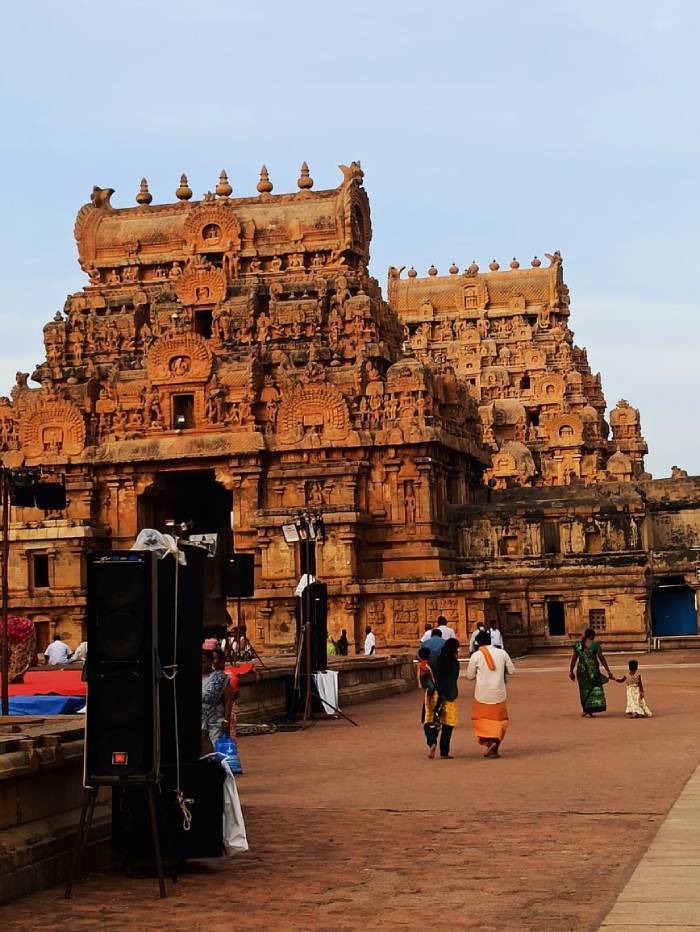
The outermost gateway is called Keralantaken Thiruvasal. The second inner gateway is called as Rajarajan Thiruvasal. It’s height is about 30 meters.
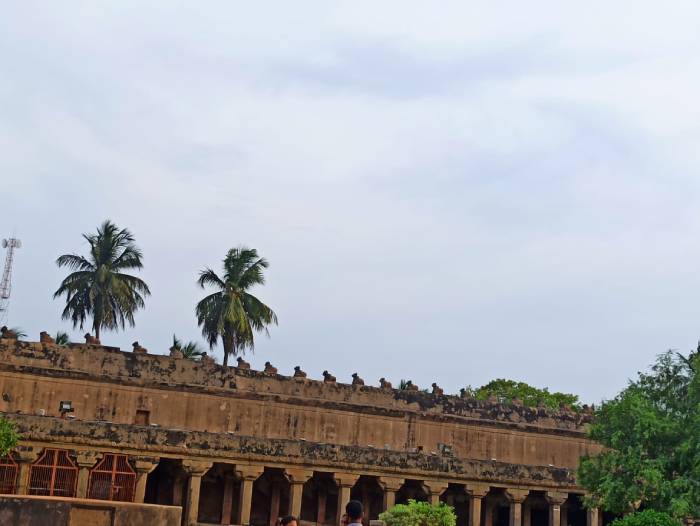
On entering the second gopuram, we come to the huge quadrangle which houses all the sanctum. The main sanctum is facing east.
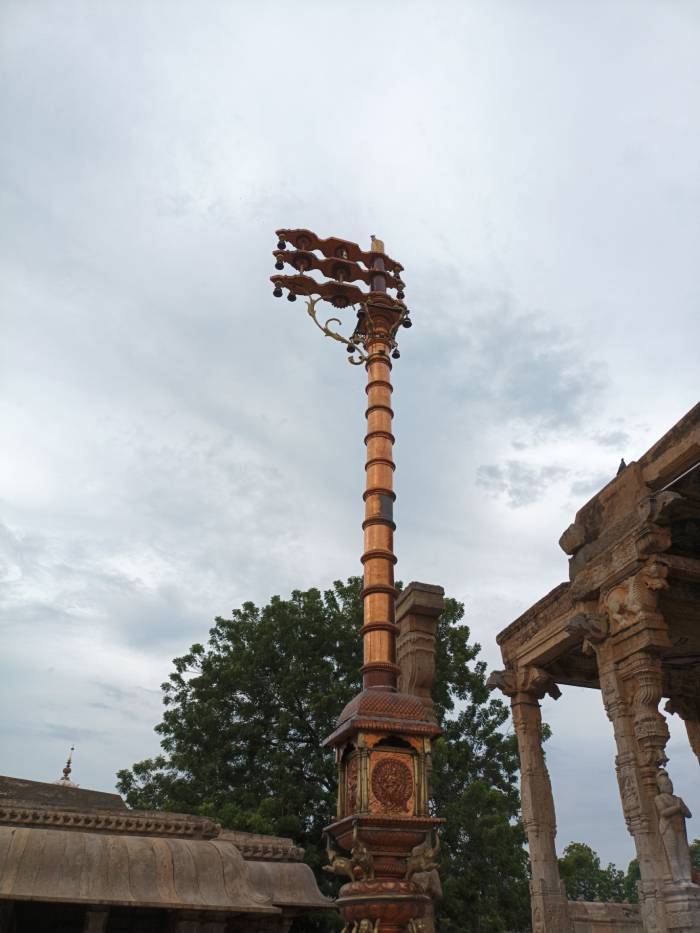
Few meters away from the Rajarajan Thiruvasal, we come to the huge Nandi Mandapam with a huge Nandi facing Bhagwan Shiv. Sri Nandikeshwar is depicted in a bull form.
The vigraha is made of a monolithic stone weighing about 25 tonnes with 2 meters height, 6 meters length and 2.5 meters width. This is one of the largest Nandikeshwars in India.
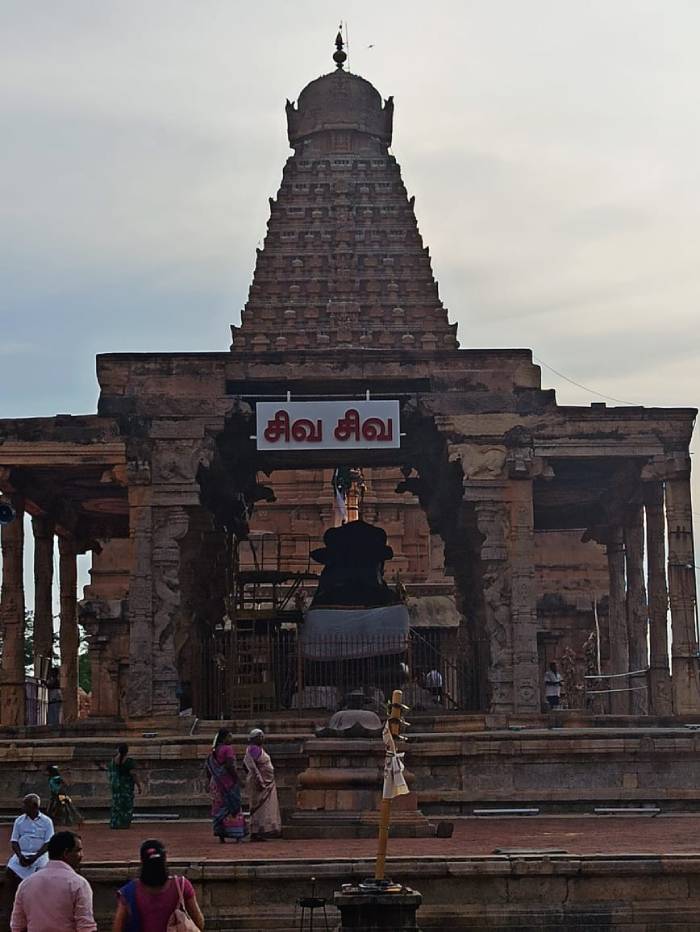
The main sanctum lies in the western part of the temple. It is surrounded with magnificent sculptured compound.
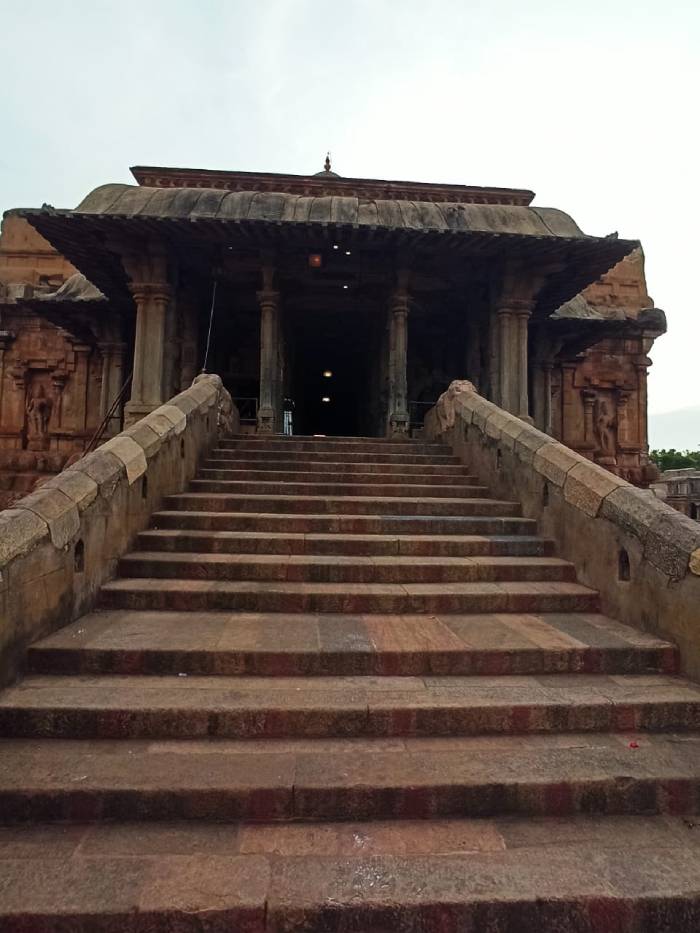
The main vimana is built with a heavy stone and its height is 208 feet. The vimana is a 16 storied tower. The thirteen stories of the tower is designed with tapering squares. The vimana is built on a 99 feet sided square.
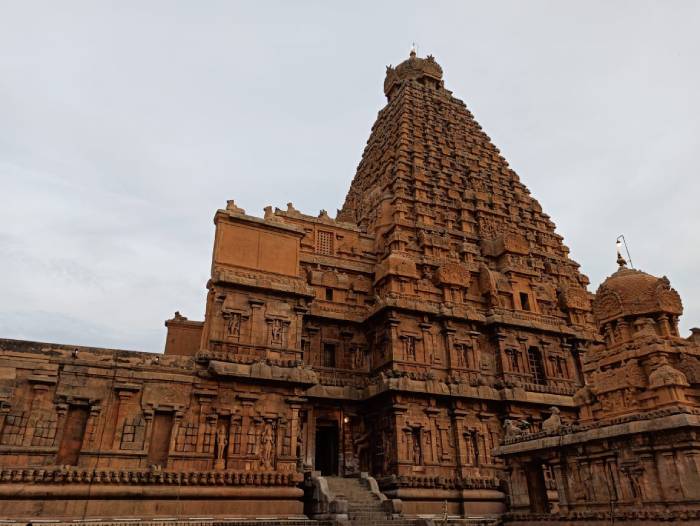
Bhagwan Shiv is in the form of Shiv Ling and the Ling is very huge and massive. The height of Shiv Ling is about 29 feet covering two stories of the vimana.

The walls of the sanctum are adorned with sculptures of Deities. All walls are flanked by Dwara Palak.
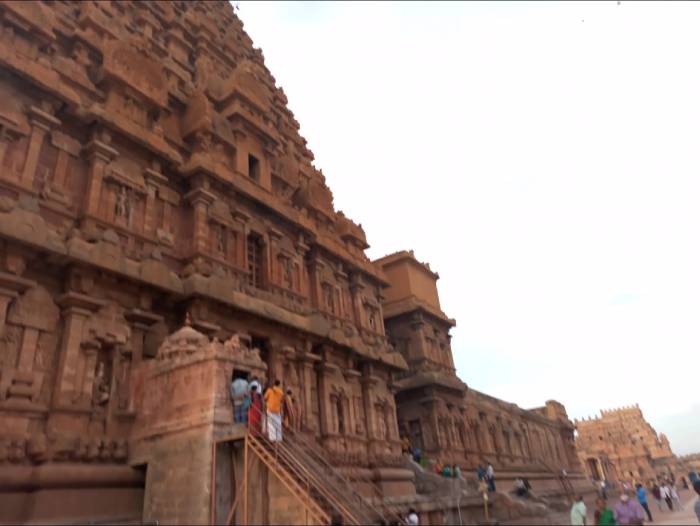
In the eastern wall we get the darshan of Sri Lingodhbava and Sri Pashupatha Murthy; In the southern wall we get the darshan of Sri Bhikshadana, Sri Veera Bhadra, Sri Dakshina Murthy, Sri Kalanthaka and Sri Nataraja;
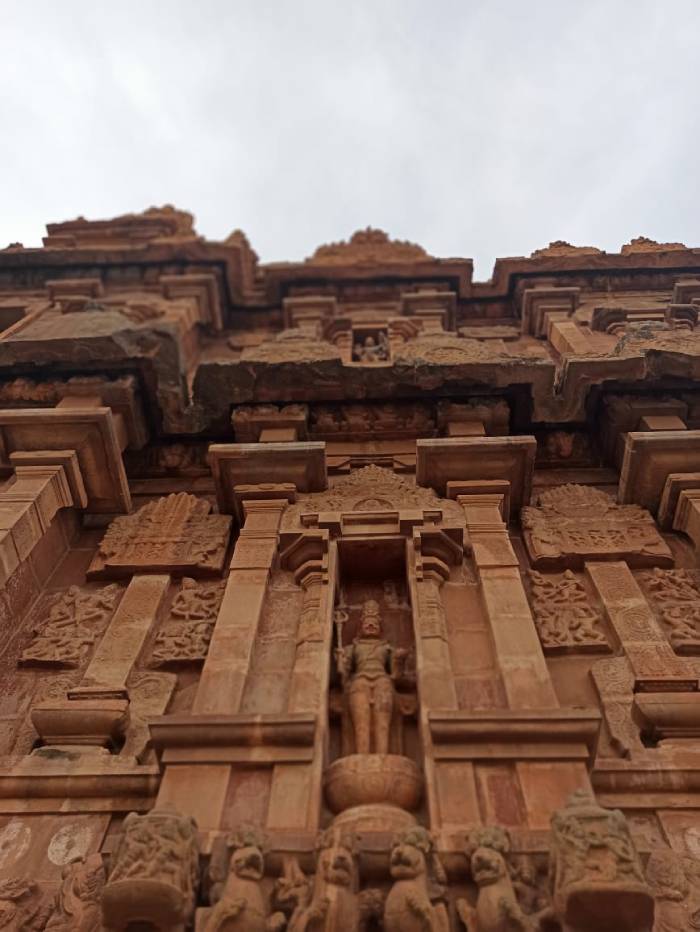
In the western wall we get the darshan of Sri Harihara, Sri Lingodhbahava, Sri Chandra Sekhara and Sri Prabhavali; In the western wall we get the darshan of Sri Ardha Nareeswara, Sri Gangadhara, Sri Pasupatha Murthy and Sri Shivalingana Murthy.
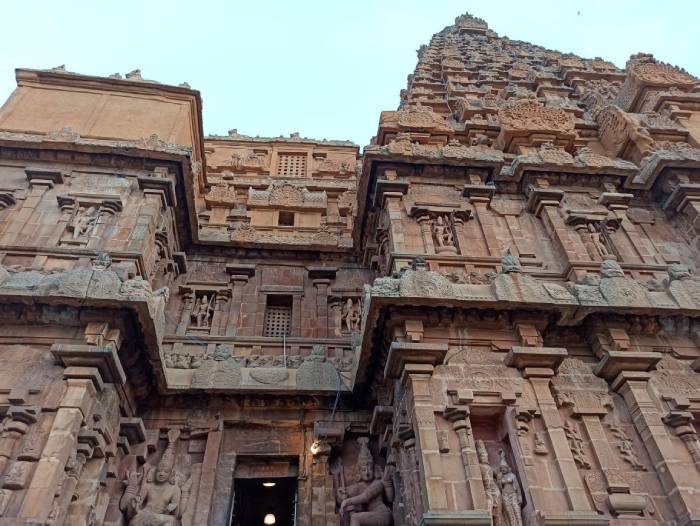
In the second storey level of the sanctum, Bhagwan Shiv is depicted in the form of Thripuranthaka.

On the top of the Vimana, a huge granite square weighing 80 tonnes is placed. The block is flanked by double nandhis on all the four sides. Each of the nandhis is said to be of 5 to 6 feet dimension.
On the top of this square granite, a stone weighing 25 tons is placed as the Shikahara.
In the outer wall of the main sanctum 81 dance karana poses out of 108 are depicted.
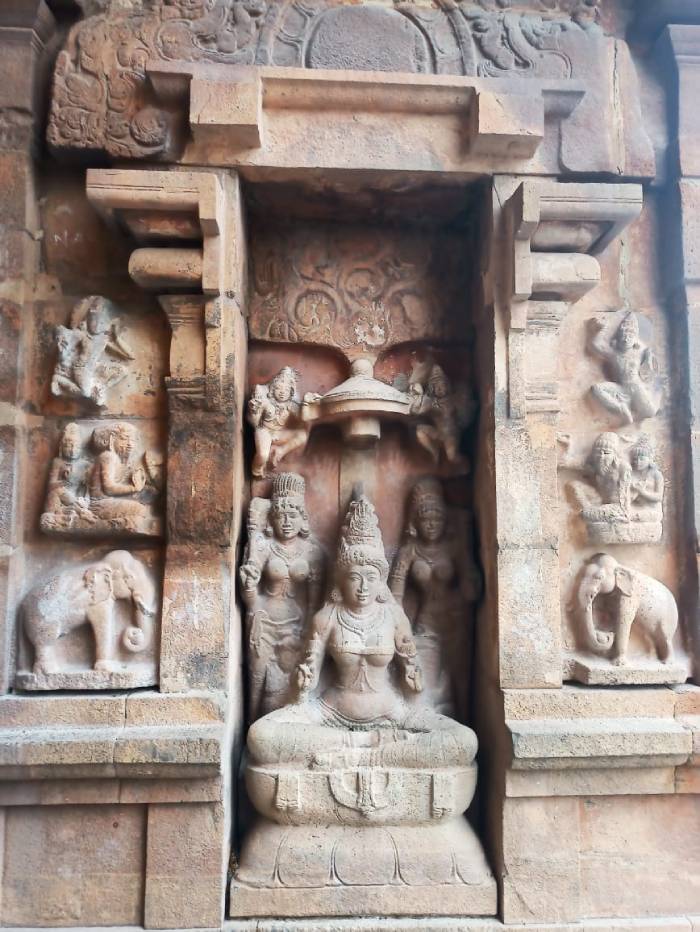
In the Maha Mandapa prior to Mukha Mandapa, there are small shrines for the ashta dhik palakas such as Indra, Agni, Kubera and Varuna.

Bhagwan Shiv’s consort Sri Parvathi Devi is worshipped as Sri Brihan Nayaki and Sri Periya Nayaki Ambal.
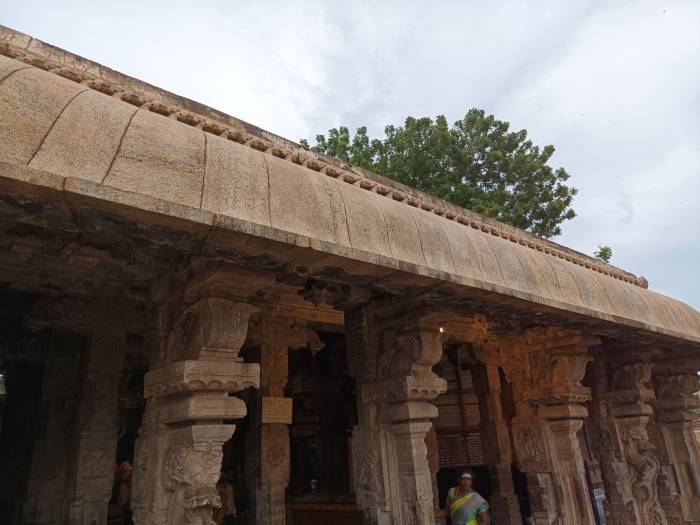
There are dedicated sanctums for Sri Ganesh, Sri Muruga, Sri Nandikeshwar, Sri Sabhapathi, Sri Dakshina Murthy, Sri Chandikeshwar, Sri Varahi, Sri Thyagaraja Swamy, Sri Natarajar, Sri Siddhar Karuvoorar and other Deities.
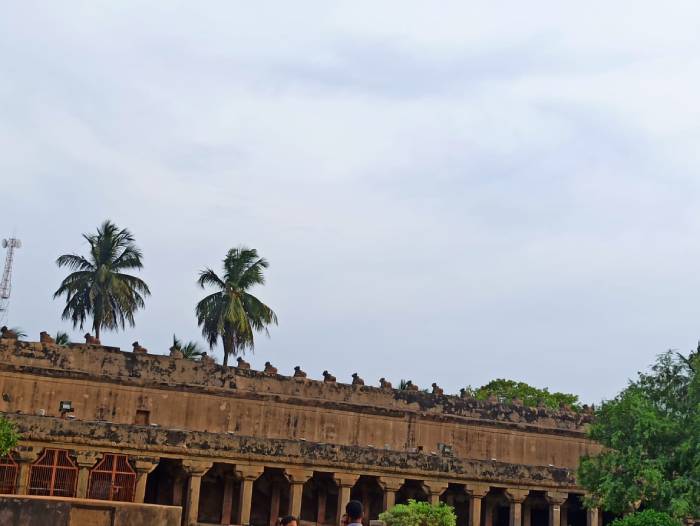
The walls of the temple contain innumerable inscriptions in Tamil and Grandha languages depicting the royal donations to the temple.
The temple is the hallmark and the proud identity of Thanjavur. Thanjavur is easily accessible from any place in Tamil Nadu either by train or bus.


